Leica has unveiled its newest Full-Frame member of the Q-series camera range, the Leica Q3. With the launch of Q3, Leica seeks to enhance the achievements of its previous model, the Q2. The latest Leica Q3 model incorporates numerous notable enhancements. With new updates, the latest Leica Digital camera model set to boost both enthusiast and professional photography. Also Read – Realme Buds Q2 with ENC launches with a dedicated game mode

Leica Q3 Digital Camera launched
Leica has recently introduced the Q3, which marks the third iteration of their renowned Q series cameras. This latest Leica Q3 model combines a high-quality fixed-lens Summilux 28mm f/1.7 ASPH with a 60-megapixel backside illuminated (BSI) sensor. The latest Leica Digital camera model incorporates phase detect autofocus technology.
60-Megapixel Full-Frame BSI-CMOS sensor
The enhanced Q3 camera puts a strong emphasis on its 60-megapixel sensor, featuring Leica’s Triple-Resolution technology. The incorporation of Triple-Resolution technology in the Q3 is a noteworthy addition, originally developed for the Leica M11. Also Read – Xiaomi Mi 12 with Snapdragon 895 SoC, Xiaomi 200MP camera phone
Furthermore, the inclusion of a 60MP full-frame BSI-CMOS sensor in the Q3 camera brings about an expanded digital zoom capability. This allows users to digitally crop images to various focal lengths such as 35mm, 50mm, 75mm, and 90mm. Also Read – iQOO 9 Pro 5G mobile phone: First Impression; new design and hardware
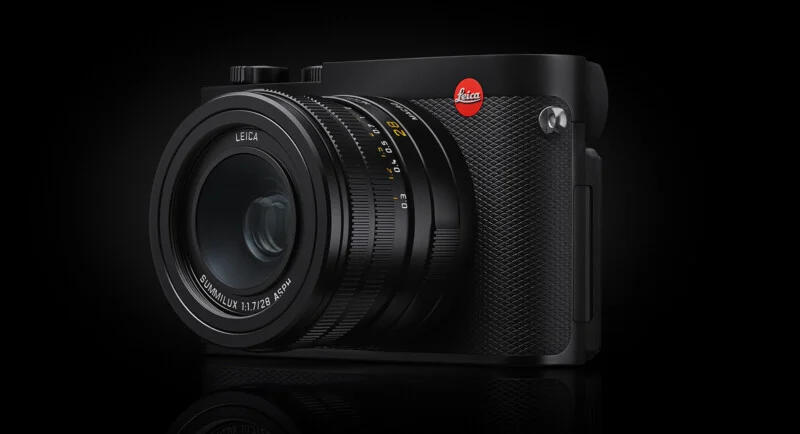
The introduction of the new sensor significantly expands the Q3 camera’s ISO range, extending it from 50 to 100,000. This represents a substantial increase compared to its predecessor. This innovative feature enables users to choose between shooting at 60, 36, or 18 megapixels, all saved in the DNG RAW format.
When operating at its maximum resolution, the Leica Digital camera excels at capturing minute details, albeit at a slightly slower pace. To prioritize speed, photographers have the option to lower the resolution, resulting in longer image sequences and smaller file sizes. Also Read – Budget 5G smartphone models – Realme Q3 Series, Realme Q3, Realme Q3 Pro and Realme Q3i
Leica Digital Camera: Key specifications
- 60MP full-frame sensor
- 28mm F1.7 Summilux stabilized lens
- Crops to 35, 50, 70 and 90mm (39, 19, 8 and 6MP)
- 5.76M dot OLED EVF with 0.79x magnification
- 3″ tilt touchscreen LCD with 1.8 million dots
- Native ISO range of 50-100,000
- Hybrid autofocus (PDAF + contrast AF with DFD)
- 8K video capture in UHD or DCI ratios up to 30p (H.265)
- Apple ProRes 422HQ support for 1080p video capture up to 60p
- AI-assisted perspective control and dynamic range tools for JPEG mode
- IP52-rated dust and water resistant
- USB-C and micro-HDMI ports
- Wireless charging via optional hand grip add-on
- Wi-Fi and Bluetooth
The Leica Q3 boasts a rear panel that can be tilted for added convenience. Additionally, it comes with enhanced autofocus capabilities and the ability to capture stunning 8K/30p video. For enthusiasts of the Q-series, the Leica Q3 represents a step forward from the Q2, which was already highly regarded for its reliability and enjoyable shooting experience. Also Read – Realme Q3 Series to launch soon, Realme Q3 Pro specs leaked
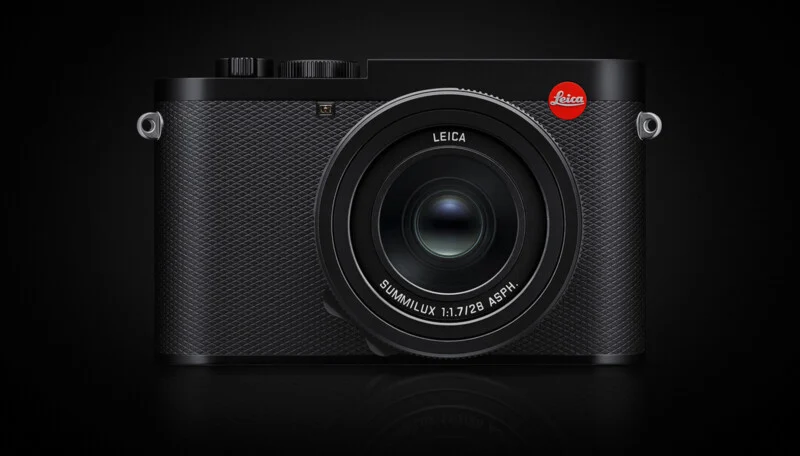
Leica Q3 Camera: What’s new
If you have experience with the Leica Q2, transitioning to the Leica Q3 will require minimal adjustment. The lens, front design, and top plate of the Q3 are almost identical. It’s only when you examine the back, sides, and bottom that you begin to perceive noticeable differences. Also Read – Xiaomi Mi 12 could launch with unannounced Snapdragon 898 chipset
-
Design
Regarding its design, the Leica Q3 introduces a three-inch 1.84m-dot tilting LCD touchscreen. This Leica Q3 design change allows users to discreetly capture images from both low and high angles. Notably, despite the inclusion of the tilting screen, the Leica Digital camera maintains its IP52 splash protection. Thus, ensuring durability and resistance to various weather conditions.
In addition, the Leica Q3 introduces support for wireless charging, compatible with Leica’s Charging Pad or any other Qi-compatible devices. It’s worth noting that the Q3 utilizes a different battery model, the BC-SCL6, compared to previous iterations. Also Read – Qualcomm Snapdragon 870, kind of a flagship processor
-
New sensor
Leica has enhanced the resolution of the Q2 by incorporating a 60MP BSI CMOS sensor, which is likely the same chip found in the M11. This sensor delivers excellent performance. A similar sensor is already seen on other cameras like the Sony a7R IV and V. Furthermore, with improved sensor’s capabilities, Leica has also extended the top ISO setting by one stop. Now, the top setting can reach up to 100,000.
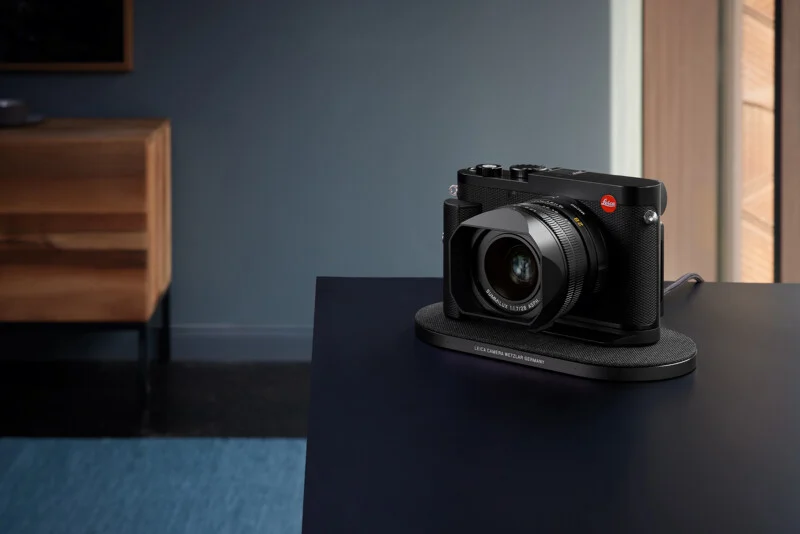
-
Crop Mode and Image Sizes
With the higher pixel-count sensor, Leica gains the confidence to introduce an additional crop mode in the Q3. This new feature provides users with 35, 50, 75, and 90mm equivalent crop modes. Thus, resulting in images with resolutions of 39, 19, 8, and 6 megapixels respectively. On comparing, this is an upgrade from the previous model. To recall, the Leica Q2 offered crop options of 35, 50, and 75mm. Also Read – Realme Narzo 30 Series launched alongside Realme Buds Q2 in India
Similar to the M11, the Leica Q3 offers the capability to capture downsized images from its full sensor. Furthermore, the users also get the flexibility to shoot at three different resolutions:
1. The Full 60MP
2. 36MP
3. 18MP
This downsizing option can be applied to both RAW and JPEG formats, allowing for greater control over the final image output. Also Read – Reliance Jio to bring a low-cost Android laptop in India
-
Phase detection AF
Leica Q3 introduces phase detection as a new addition to its autofocus system. This phase detection capability works in conjunction with Leica’s existing autofocus system. It employs a method of creating a depth map by adjusting the focus and observing changes in defocused areas of the scene. Also Read – Oppo Reno 6Z with Dimensity 800U processor: price, Specifications
Interestingly, a similar approach is already available on Panasonic’s Lumix S5 II. The Panasonic Camera utilizes a PDAF (Phase Detection Autofocus) system combined with Depth-from-Defocus technology. It’s worth noting that Leica and Panasonic have recently entered into an L² technology-sharing partnership. Also Read – MIUI 12.5 Enhanced Edition and MIUI for Pad unveiled: What’s new?
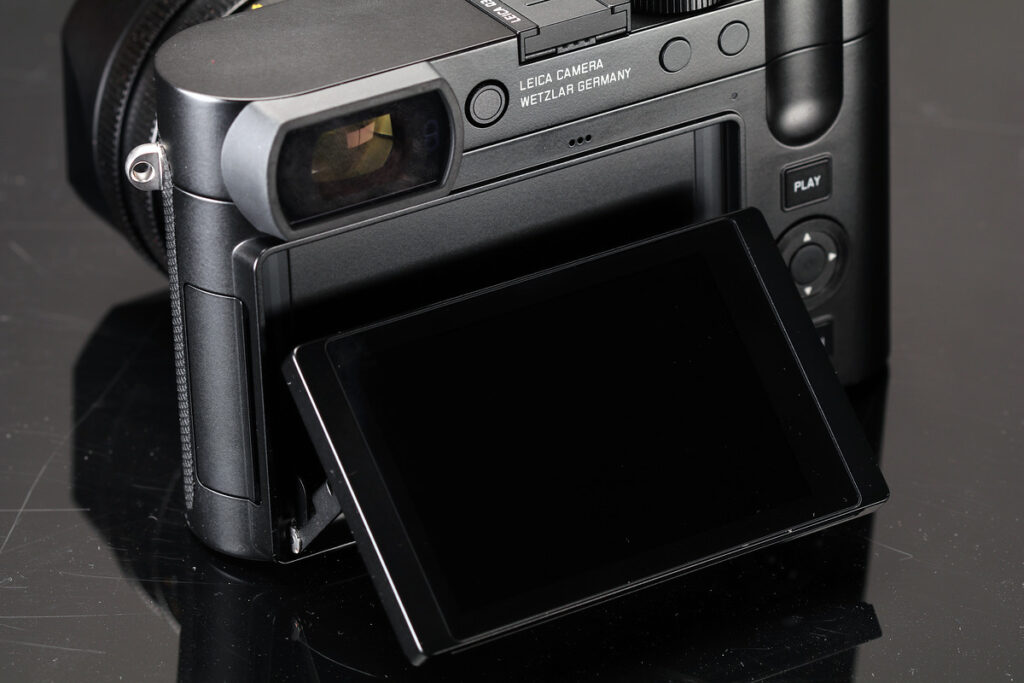
-
Tilting screen
One notable change along the back of the Leica Q3 is the introduction of a tilting screen. This titling screen makes it the first digital Leica camera to offer this feature. The touchscreen retains the same 3-inch size as the previous fixed version. However, it does receives an upgrade in resolution from 1.04 million dots to 1.84 million dots. This screen can now fold out and rotate, allowing it to face the user from a 90-degree angle when shooting from the hip, providing added flexibility for capturing shots from different angles.
-
Connectivity Ports
In terms of ports, Leica has implemented a different approach for the Q3. Located under a flap on the left side of the full-frame camera, it features a USB-C port (3.1 Gen 2, 10Gbit/s) and a micro-HDMI port. Also Read – Xiaomi brand offers Leica Camera Phone with excellent new sensors
The USB-C port of the Q3 supports camera charging whether the camera is switched on or off. Additionally, it can be utilized for file transfer to a computer or an iPhone (further details will be provided in the next section). Tethered shooting with software like Capture One or Adobe Lightroom is also supported. Furthermore, it can also connect to an external devices such as recorders, gimbals, or power banks.
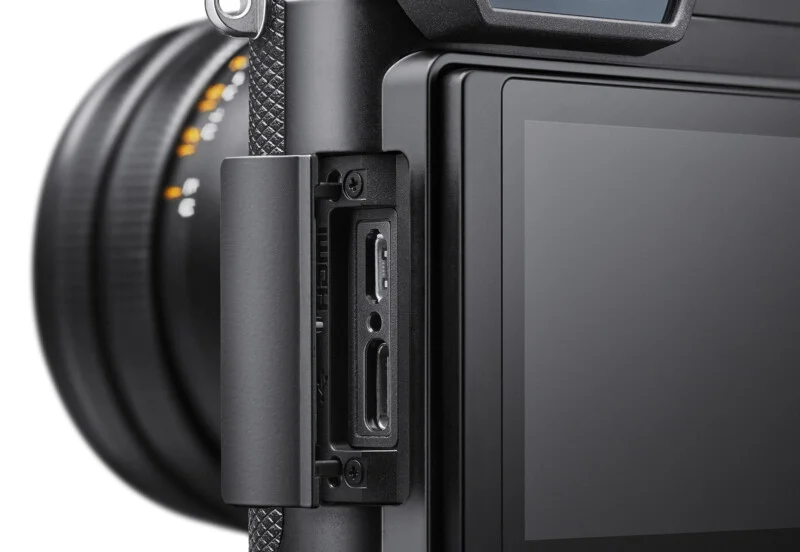
The HDMI port of the Leica Q3 enables the use of an external display, whether recording to the SD card or not (dependent on the chosen format). It also allows user to capture footage by external display recorders. Moreover, it also allows supporting a variety of codecs ranging from 10-bit 8K H.265 files to Full HD Apple ProRes files. Also Read – Covid-19 Vaccine for Children: How to register on CoWIN app
-
iPhone tethering
Similar to the M11, Leica includes a Lighting-to-USB-C cable with the Q3 digital camera. It enables user to connect the full-frame digital camera to an iPhone and access the Leica Fotos app. However, for Android users, the only available connectivity options are Bluetooth and Wi-Fi.
Utilizing the direct cable connection offers faster and more reliable data transfer. Meanwhile, the company claims that Q3 users can experience transfer speeds up to 10 times faster than the maximum wireless speed of 3MB/s achieved by the Q2.
Additionally, the cable can be utilized to download fresh ‘Leica Looks’ to the camera, which refers to Leica’s creative filters. Leica has announced plans to regularly augment the collection with new filters for users to download and apply.
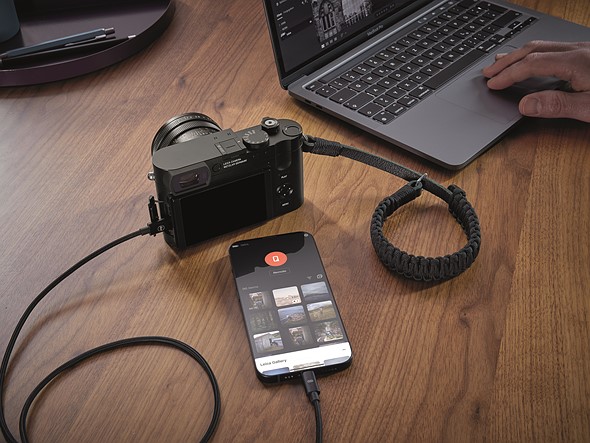
Leica Q3 for Video Creators
For video enthusiasts, the Q3 presents a range of exciting features. It supports shooting in 8K resolution with h.265 encoding and offers the option of Apple ProRes at 1080p resolution. These capabilities provide video creators with enhanced flexibility and quality in their projects.
Leica Q3 boasts the capability to capture 8K video at a maximum frame rate of 30p. Although the full-frame camera equipped with a fixed 28mm lens might not be the most conventional option for video shooting. Moreover, Leica has maximized the potential of the 60MP sensor. The Q3’s performance slightly exceeds that of Sony’s a7R V, which can only achieve 8K/24p.
Moreover, Leica has introduced a new macro feature specifically on the Summilux 28mm f/1.7 ASPH lens, further expanding the creative possibilities for close-up photography. The Q3 provides users with the option to choose between two styles of 8K video: DCI (1.89:1) or UHD (16:9). Additionally, it is capable of capturing 10-bit footage and offers the choice of L-Log or HLG profiles for enhanced color grading and post-processing flexibility.
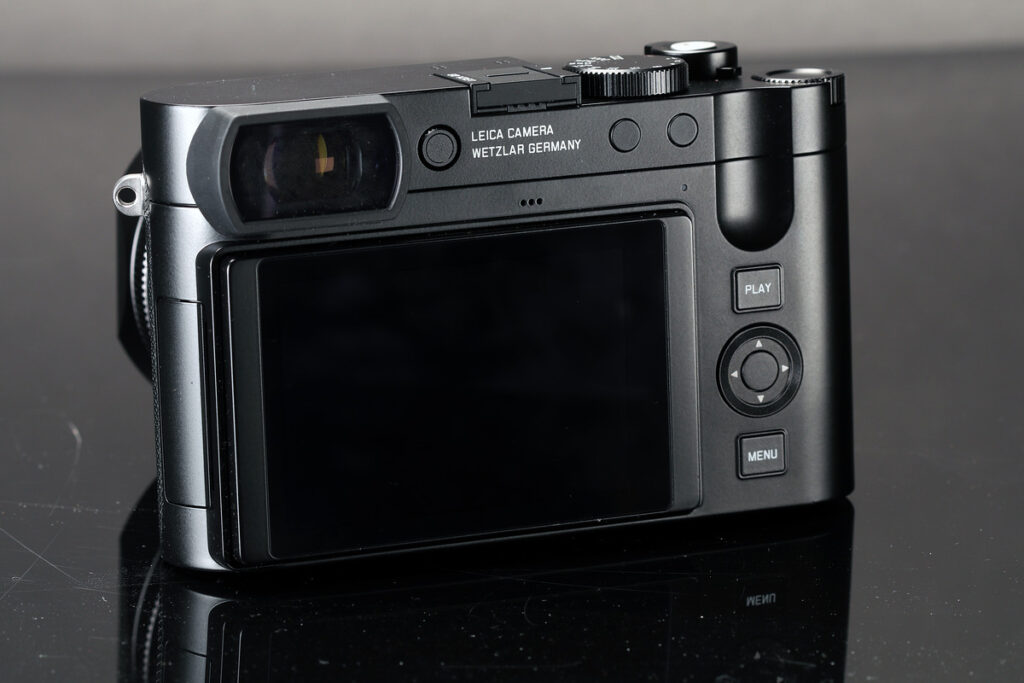
-
Live perspective correction
Leica Q3 features a function that was introduced to the M11 through a recent firmware update. This function is known as the Perspective Control system. It analyzes the scene and identifies converging or diverging vertical lines. Subsequently, it draws a rectangle on the screen and adjusts the frame to create a visually flat and perspective-corrected plane.
Upon capturing an image, the Q3 generates a JPEG file that incorporates the applied perspective correction. These correction parameters are also embedded within the camera’s DNG files, ensuring automatic application when using Adobe Camera Raw or Lightroom. However, users have the flexibility to disable or modify the effect within these software applications if desired.
-
Optional wireless charging grip
A new addition to the Q series is the capability for wireless charging, made possible with an optional hand grip. By attaching the hand grip, users can conveniently place the full-frame camera on any inductive charging mat for wireless charging. Alternatively, users can choose to pair the hand grip with Leica’s own charging mat.
According to Leica, utilizing their mat along with the grip will fully charge the Q3’s battery in approximately 190 minutes. Unfortunately, specific details regarding the cost of the accessory were not provided. Now, let’s take a deep look at the newly launched Leica Q3 camera.
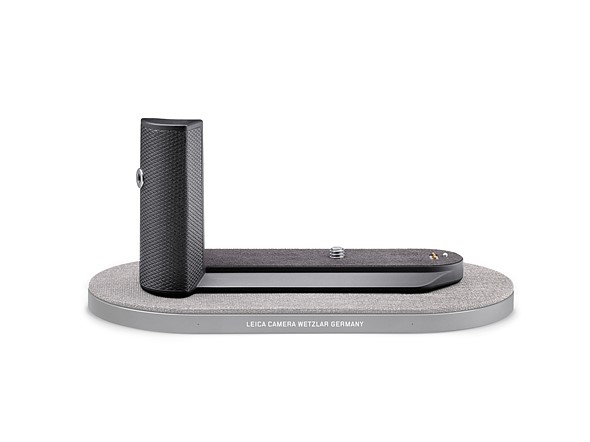
Leica Q3 vs Q2 Full-Frame Camera Models
Using the Q3 brings about a sense of joy, thanks to its minimalist design, sleek lens, and tactile manual controls. Ultimately, users need to determine whether the experience of this joy is worth the cost of acquiring the full-frame camera.
-
Leica Q3 Body and handling
In most aspects, Leica Q3 body remains largely unchanged from its predecessor. On the top plate of the Q3, the arrangement of components such as the shutter speed dial, thumb dial, power toggle switch, shutter release, and single custom function button remains the same as on the Q2.
The only noticeable differences are minor cosmetic details, such as the silver color of the shutter button and the presence of the Q3 stamp on the hotshoe, indicating the new model. Similarly, when viewed from the front, the Q2 and Q3 appear nearly identical due to their shared lens and similar slightly raised leather covering, making them look like doppelgängers.
The most significant changes to the body of the Q3 can be observed on the back of the Leica Digital camera.

-
Rear controls and tilting screen
Alongside the introduction of a tilting touch panel, the Q3 showcases repositioned buttons. The ‘Menu’ and ‘Play’ buttons, as well as a custom function button, have been relocated to the right side, joining the four way controller. After using both cameras, I quickly noticed that the new layout greatly enhanced my shooting experience.
Within a few hours, I found that I could easily access all the buttons with just my right thumb, while my left hand remained poised on the lens for the next shot. This revamped arrangement proved to be much faster and more streamlined, enabling quicker navigation through menus and smoother overall operation.
-
Custom buttons on Leica Q3
The Q3 also converts the rear button to the left of the thumb rest into a fully customizable function button, and adds a second one next to it. This increases the Q’s custom button count from 2 to 4.
Unlike the Q2, where the top rear button was restricted to crop modes, exposure lock, or focus lock. With Leica Q3, the Digital camera model grants similar functionality to this button as the others. Users now have the ability to configure it to access a wide range of settings or assign it a different function by performing a long press action. A long press can brings up a scrolling menu for customization. This expanded flexibility allows users to tailor the button’s behavior according to their preferences and shooting needs.
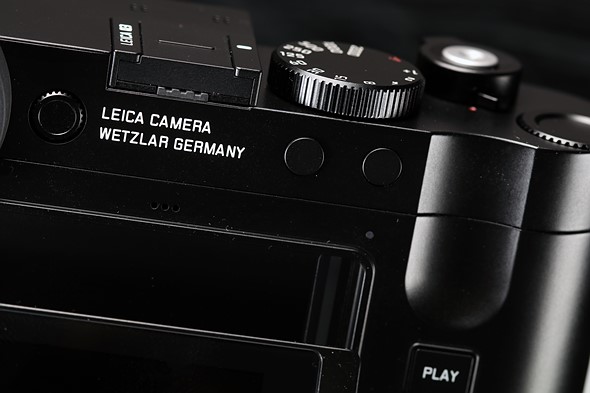
-
My experience with Custom Buttons
Upon exploring the Leica Q3, I examined its custom buttons to test their functionality. Initially, my intention was to set them according to my preferences and leave them unchanged. However, I found myself continually returning to these buttons throughout my experience with the Q3.
Leica has made the process of setting and using the custom buttons effortless, allowing for on-the-fly adjustments. There is a certain joy in the act of experimenting with the various options available, including focus peaking, focus modes, video modes, creative filters, and more. Moreover, the Q3 provides a few additional menu options to choose from, further enhancing the customization possibilities.
Leica Digital Camera: Lens design
The Q3 retains the use of the optically-stabilized 28mm F1.7 lens. This is the same lens utilized in earlier models. According to Leica, the lens’s optical performance surpasses the capabilities of the 60MP sensor. Thus, leading them to conclude that there was no need to redesign or update it.
The lens of the Leica Q3 exhibits a robust and finely crafted build. Thus, providing a sense of sturdiness. The captured images offer exceptional sharpness. Switching between manual and automatic modes is a swift process, facilitated by the inclusion of most setting changes directly on the lens barrel rather than relying on a switch, body button, or menu adjustments.

-
Lens Settings
The aperture setting on Leica Q3 can be adjusted using the lens ring, which includes an option for automatic aperture control. The ring itself features machine grooves and stamped f-stop markings. Thus, providing a tactile reference for your fingers. As you rotate the ring, it offers a satisfying and smooth click, further enhancing the overall user experience.
To disengage the autofocus (AF) mode and enable manual focus, a small button is present on the manual focus tab needs to press. Although the button is relatively small, almost tiny, it allows for a swift transition. However, it may require some practice to develop a sense of its location, enabling one to press it without the need to visually locate it by turning the full frame camera body around.
-
How to active Macro Mode on Leica Q3 Lens?
Activating macro mode on the Leica Q3 involves rotating a clutch near the base of the lens, which limits the focus distance to a range of 30cm to 17cm. In addition, the distance scale on the lens swaps to a shorter scale specifically designed to assist with focusing in macro mode.
It’s worth noting that when the macro clutch is not fully in either the 28mm or Macro position, the full-frame camera provides a warning showing that the lens is not engaged, thereby avoiding the capture of any pictures.
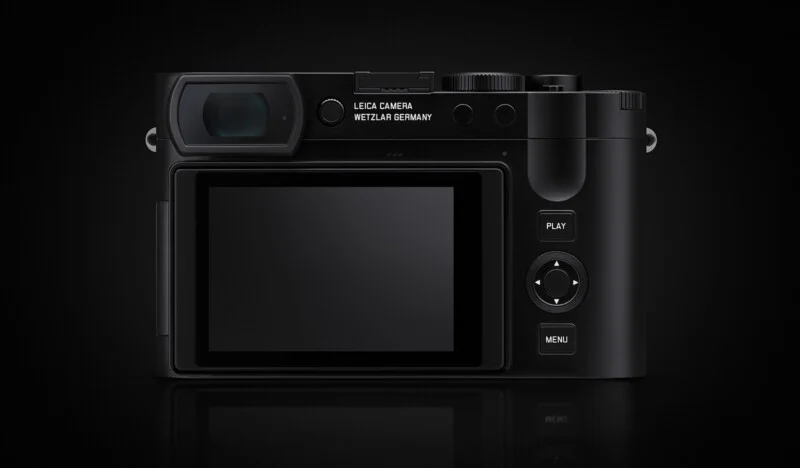
-
Leica Q3 Viewfinder
The Q3 boasts a notable update in its electronic viewfinder (EVF) with a resolution of 5.76 million dots (1600 x 1200 pixels). The Leica Q3 viewfinder surpasses the Q2’s 3.68 million dot OLED panel. Similar to the Q2, the Leica Q3 offers no significant delay in activating the screen when the EVF eye sensor is ready to trigger. Even during rapid switching between the rear screen and the EVF, the viewfinder responds quickly. Additionally, the eye sensor can adjust to suit individual preferences.
The Q3 preserves the diopter feature found in the Q2. It employs a push button design where pressing the button extends a dial for adjusting the EVF focus, and pressing it again retracts the dial. The inclusion of this design that allows the dial to lie flush and seemingly ‘disappear’ is a thoughtful touch. This not only prevents accidental adjustments but also adds a visually pleasing aspect to the latest full-frame camera.
-
Leica Q3 Battery
Leica Q3 comes with a 15.8Wh Leica BP-SCL6 lithium-ion rechargeable battery. Charging options for the battery include external charging through the Q3’s USB-C port or using an optional wireless charging accessory.
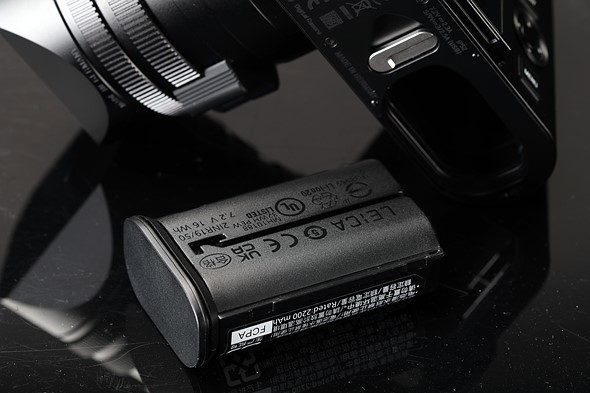
The Q3’s new battery comes with a CIPA rating of 350 shots. This is similar to the rating of the Q2’s Leica BC-SCL4 battery. It is worth noting that exceeding CIPA ratings by a factor of two or more is not uncommon, and actual battery performance may vary depending on individual usage patterns.
The Leica Q3 is available starting today for $5,995.

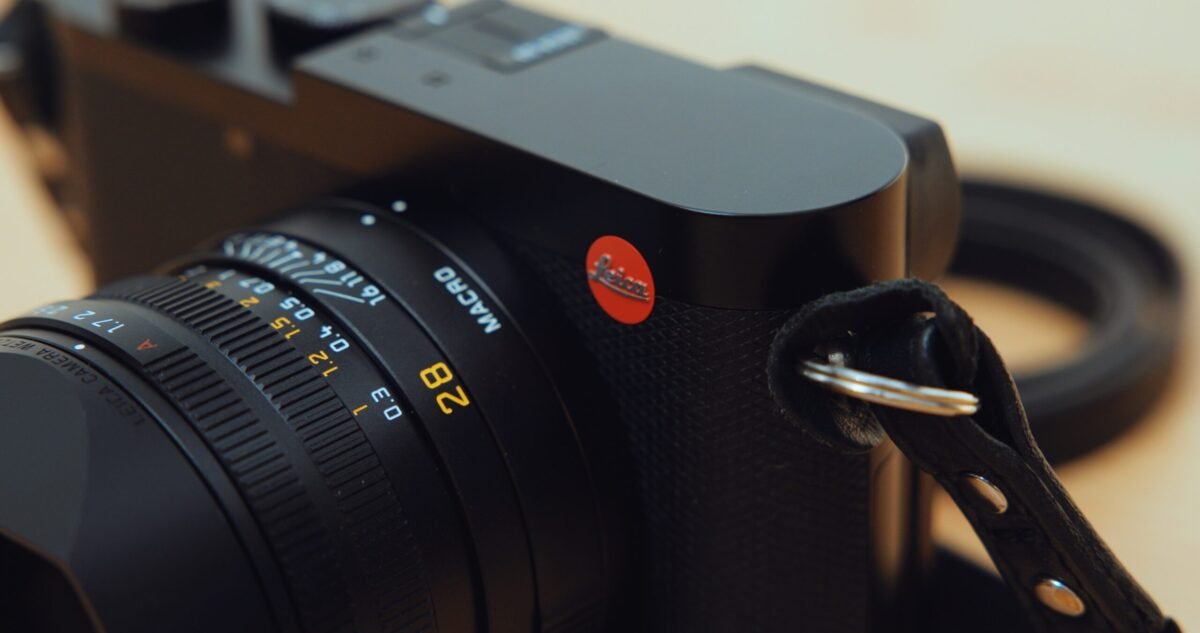

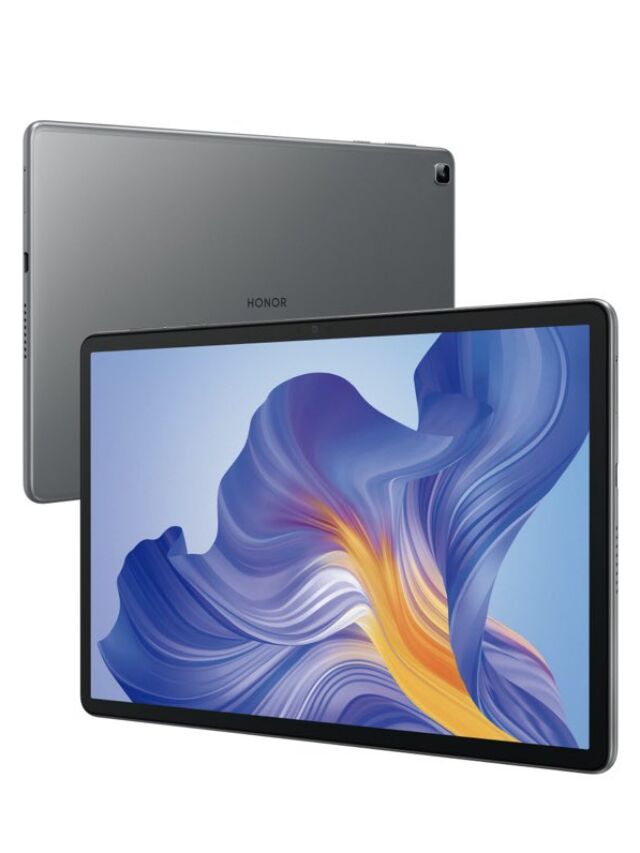
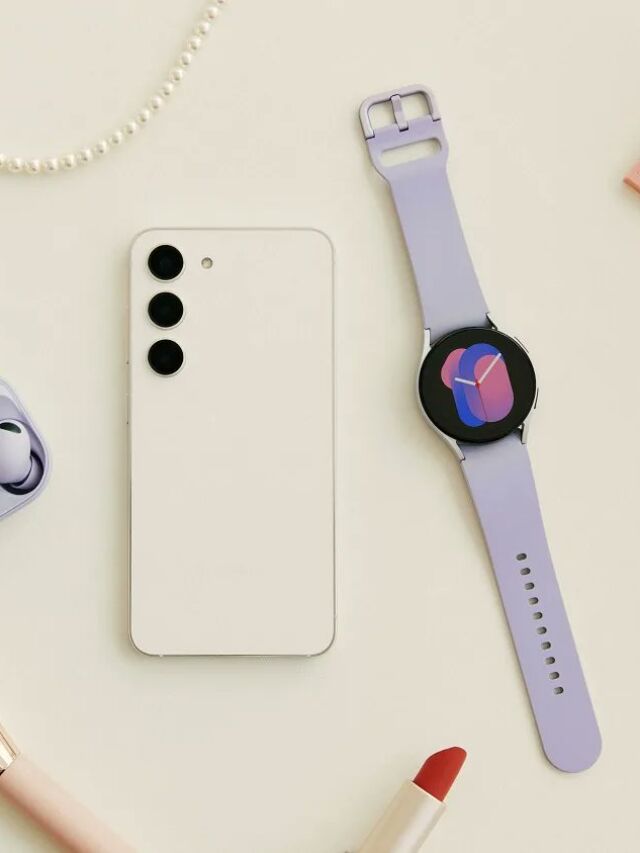
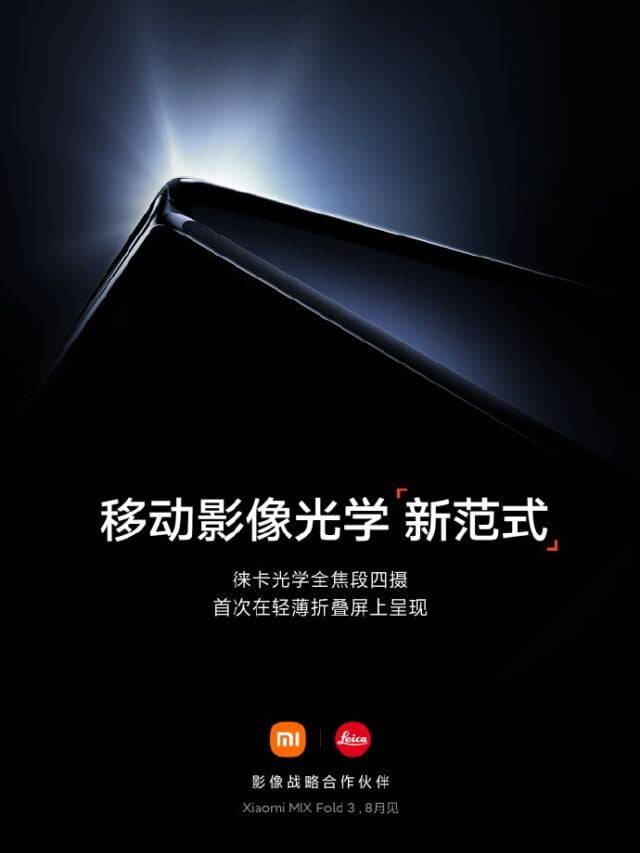

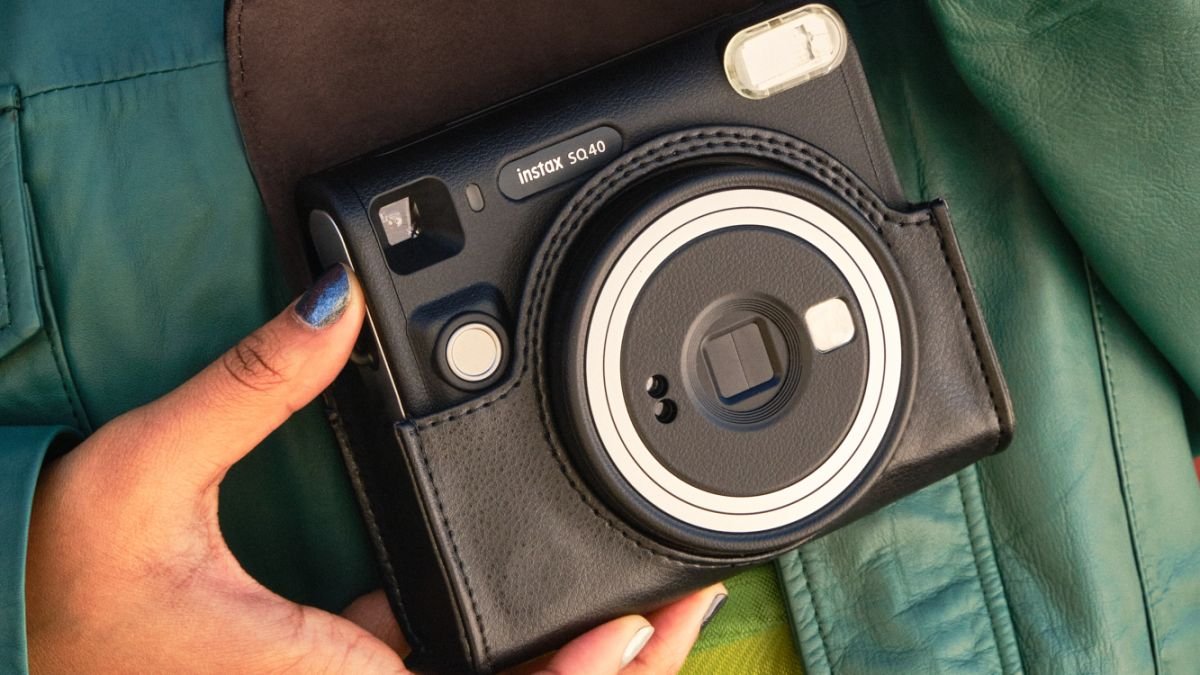
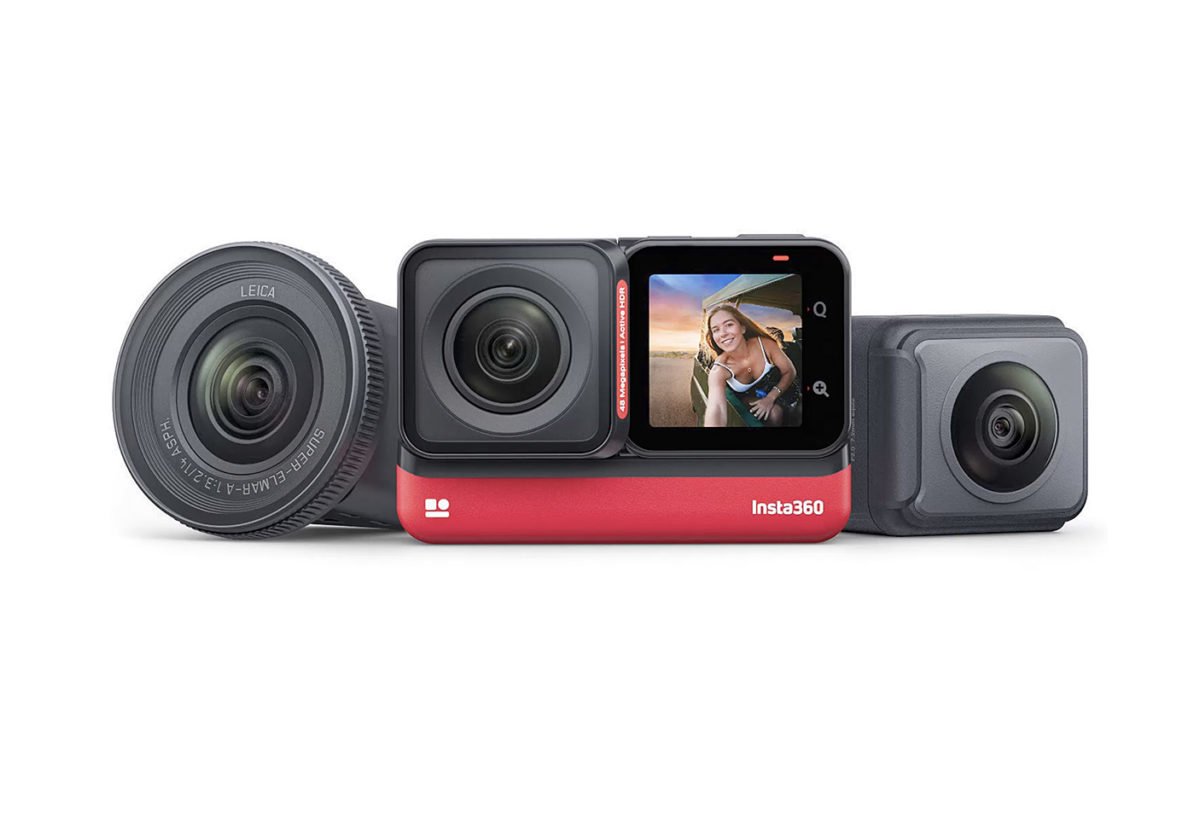
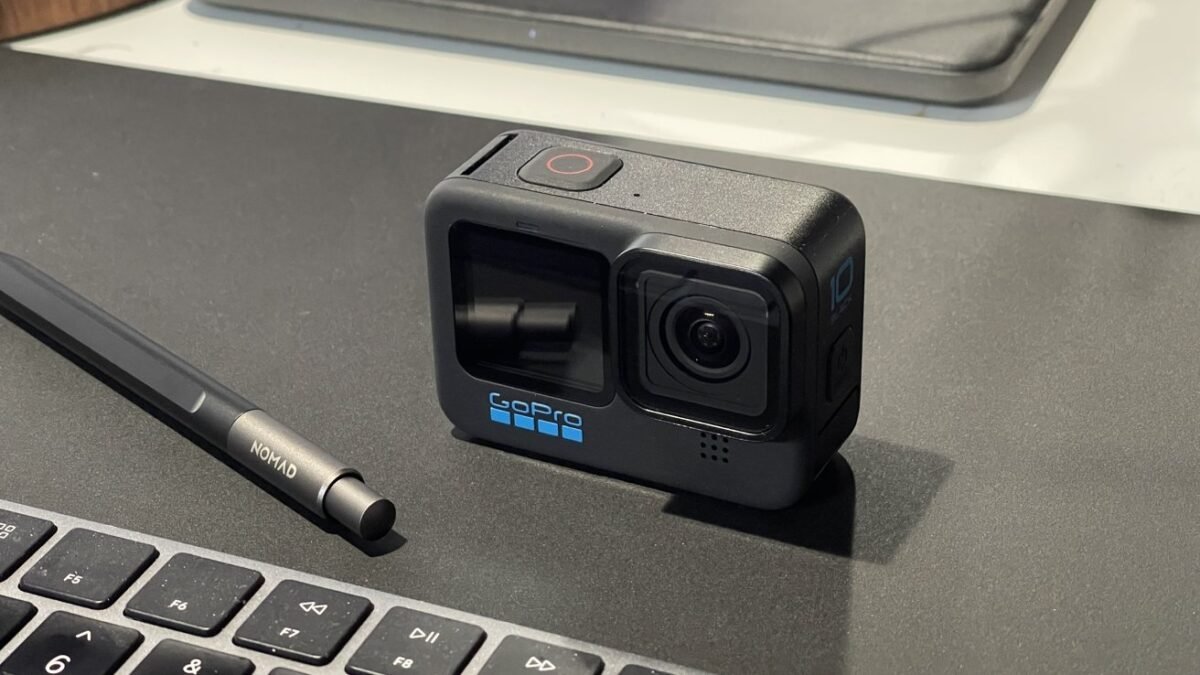
5 thoughts on “Leica Q3 with 60MP full-frame BSI CMOS sensor; Check price, specifications”